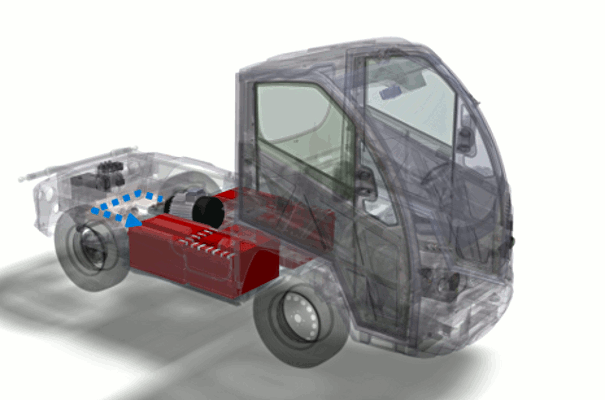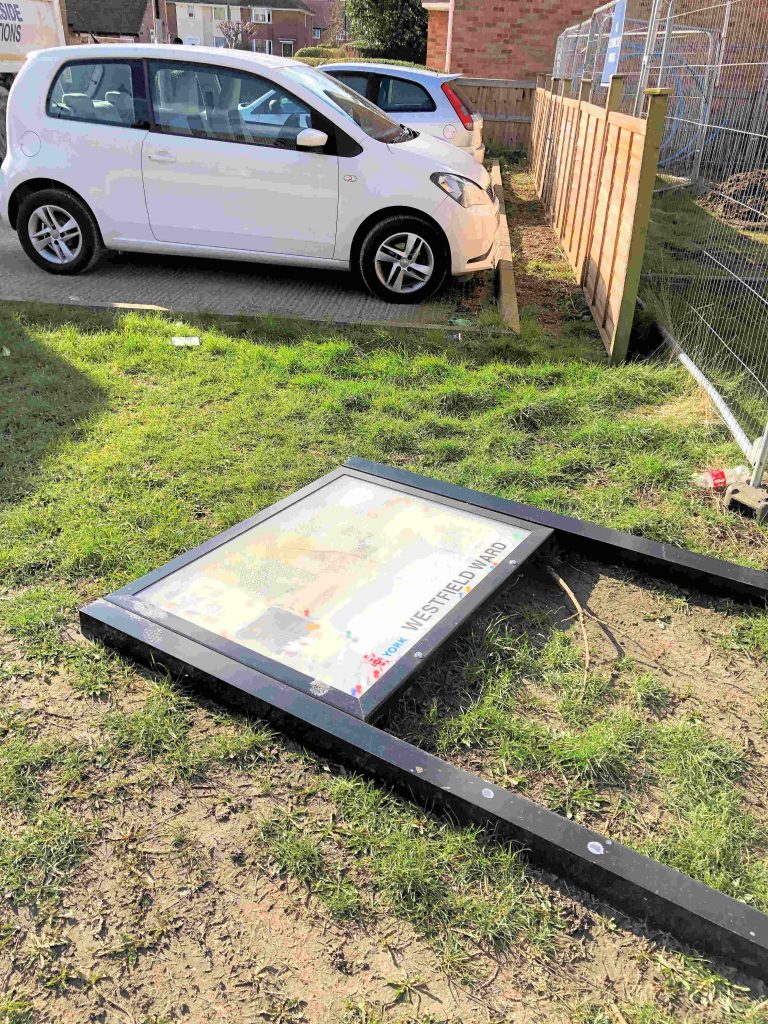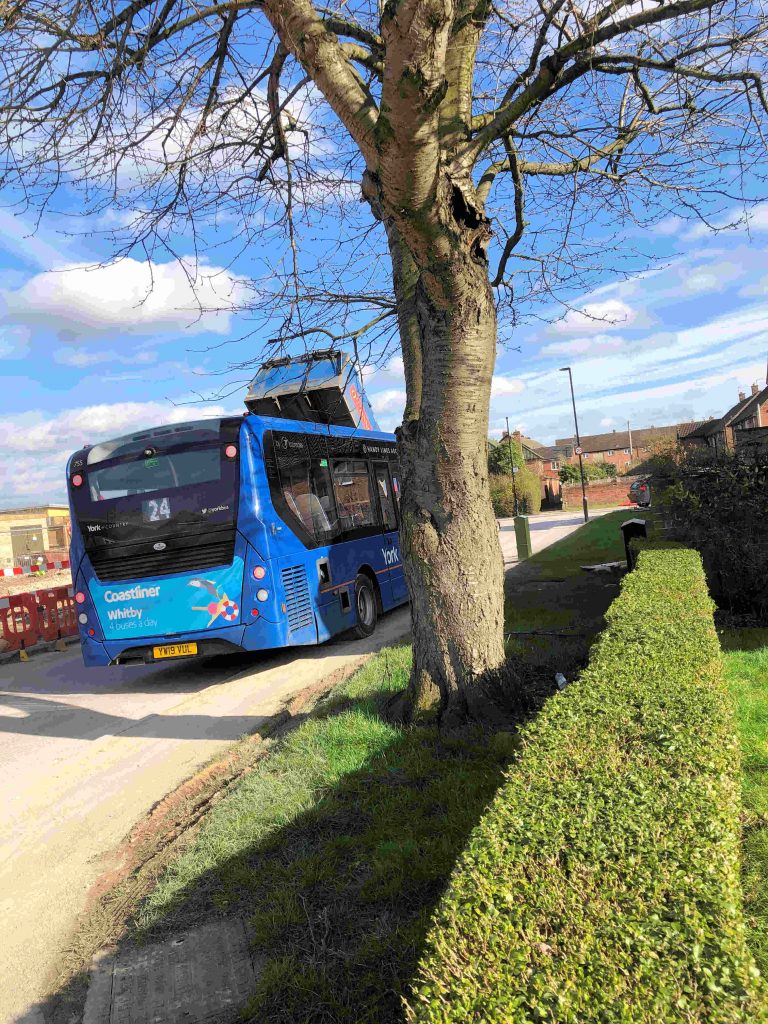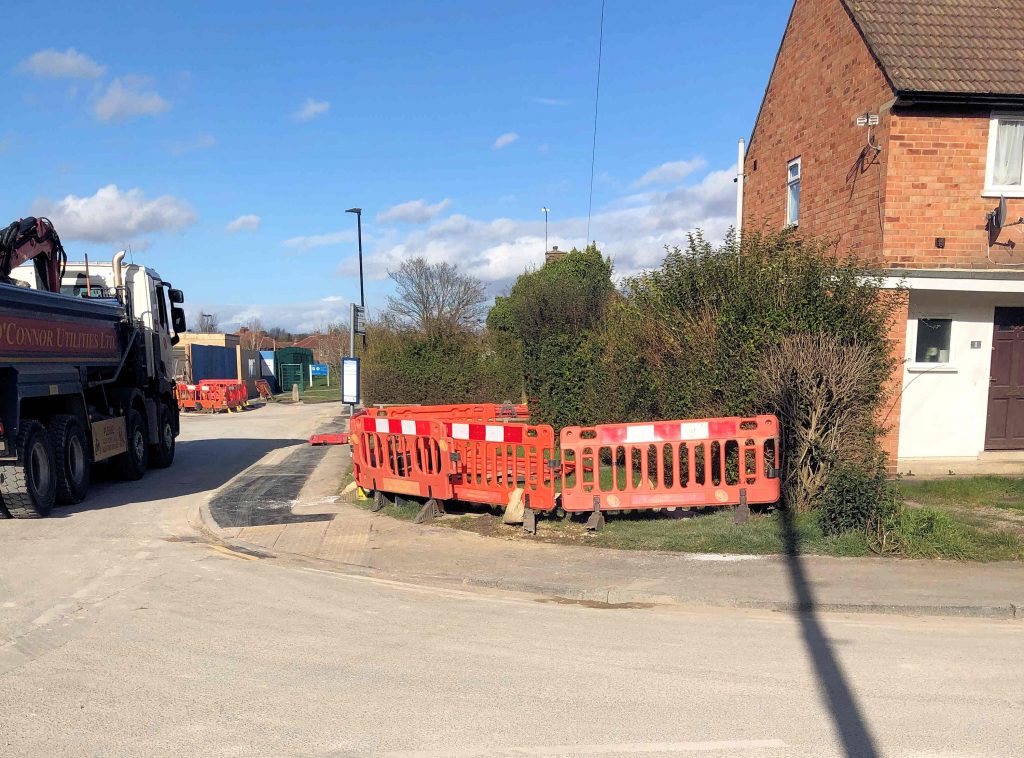
The council will be taking a report outlining the full details to an Executive meeting on 19 March.
This includes reducing the carbon emissions from the council’s fleet (of 535 vehicles under 3.5 tonnes) by a third.
The fleet is valued at £15.3 million and includes 180 vehicles that are under 3.5 tonnes and 153 which are currently due to be replaced over the next three years. Together they emit a total of 1,763 tonnes of CO2 every year.
Under the new proposals, the council would like to transition to a green /electric fleet over a four year phased period.
This will include:
Year one: securing the infrastructure to enable an electric fleet to operate at council sites. Ordering three electric waste vehicles.
Year two: services that are ready for an electric fleet now can make the change as the infrastructure will now be in place.For those services that require some changes to the way they operate, a third of the vehicles will move to electric.
Years three and four.Those services that need a phased approach will be progressed to a 100% electric as quickly as possible.
The financial implications of moving towards an electric fleet would vary depending on the size and type of vehicle and would need to factor in the infrastructure costs to support the green fleet too at council sites.
In order to achieve this, a fleet replacement programme is proposed which will be considered on an annual basis as part of the annual capital programme. However, as option three is the preferred option – this is estimated to cost in the region of £2.22 million.
The council has already implemented a number of measures to address these challenges including introducing a clean air zone for buses and the transition of the Park & Ride fleet of buses to electric double decker buses will be completed this year.





